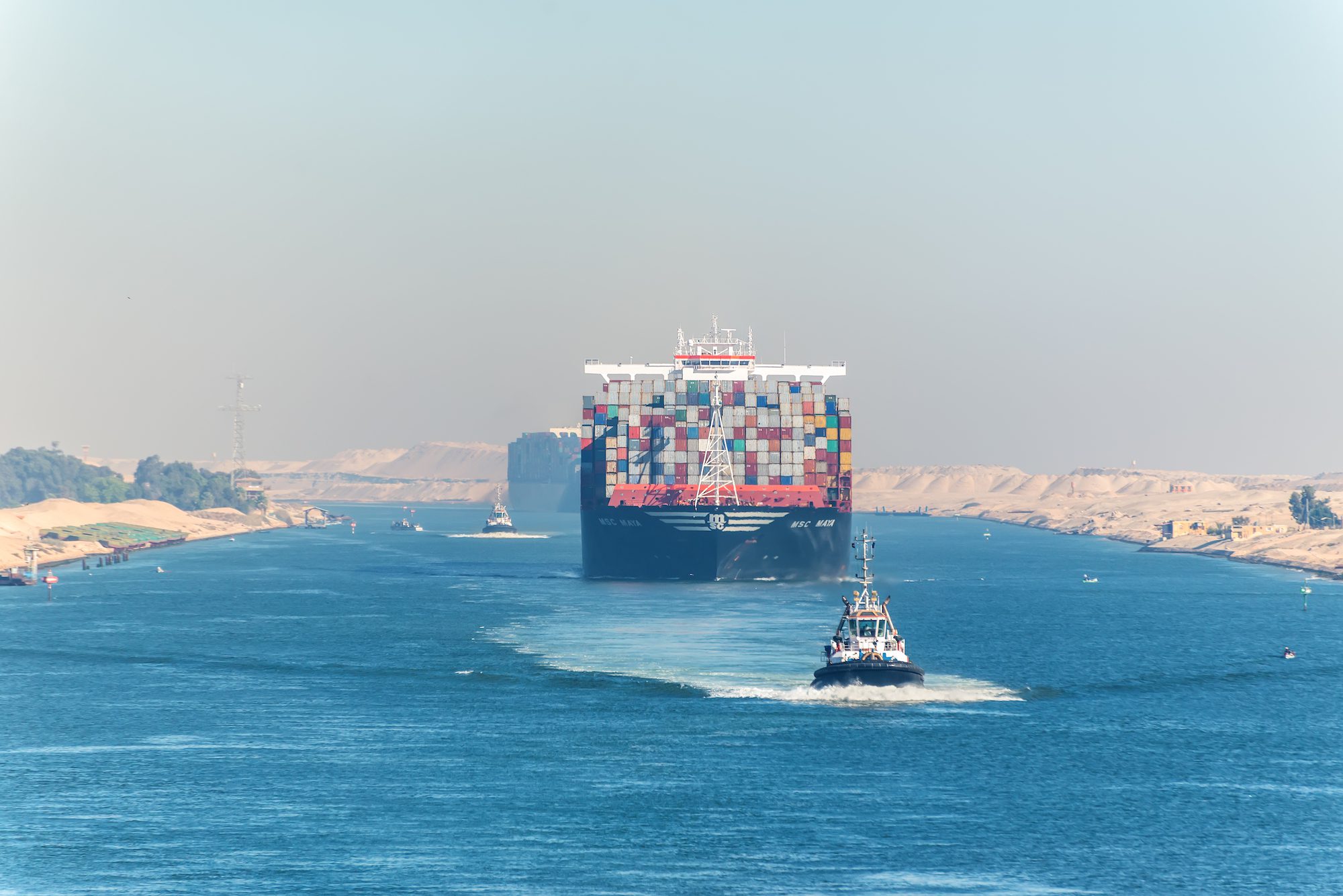In the wake of missile attacks on merchant ships in the Red Sea, global consumers are set to face the repercussions as supply chains descend into chaos.
According to leading industry analysts Xeneta, spot rates in the ocean freight shipping market have surged by 20% since Friday, following the announcement by major shipping liner companies that they are avoiding the Red Sea due to the attacks by Houthi militia.
Xeneta Chief Analyst, Peter Sand, highlighted the gravity of the situation, stating, “The region is essentially in a war situation because it is too dangerous for many vessels to sail through the Red Sea and therefore also the Suez Canal, which is the major artery for world trade.”
As ships are now being rerouted via the Cape of Good Hope, Sand estimates that this will not only add up to 10 days of sailing time but also incur up to USD 1 million in extra fuel costs for every round trip between the Far East and North Europe. The diversion via Africa is also expected to require an additional shipping capacity of approximately one million TEUs.
While there is capacity in the market, it comes at a steep cost. Ocean freight shipping rates could potentially increase by 100%, ultimately burdening consumers who purchase goods, according to Sand. The impact is significant, as the Suez Canal alone facilitates the passage of billions of dollars’ worth of goods daily from the Far East to North Europe, the Mediterranean, and the US East Coast.
In response to the crisis, US Secretary of Defense Lloyd Austin announced ‘Operation Prosperity Guardian’, a coalition task force aimed at combatting the Houthi attacks and safeguarding merchant ships navigating the Red Sea and Gulf of Aden. This initiative builds upon the existing Task Force 153 in the region, which focuses on maritime security in the region.
However, the success and timeline of this coalition’s efforts to establish safe passage for vessels through the Red Sea and Gulf of Aden remain uncertain. The current disruption, coupled with the ongoing recovery of supply chains from the pandemic, further exacerbates the challenges. Sand says schedule reliability between the Far East and North Europe stands at a meager 64%, and this crisis threatens to impede the recovery process.
A growing number of leading shipping companies, such as Maersk and CMA CGM Group, have already taken decisive action by rerouting their ships via the Cape of Good Hope. However, the situation remains precarious, with no clear resolution in sight. In some instances Force Majeure notices have been issued, indicating the belief that the situation will not be resolved in the immediate future.
“We may also see this impact current negotiations between shippers and ocean freight carriers for long term contracts lasting the duration of 2024. Shippers may feel a level of concern that long term rates could follow the spot market and increase dramatically as a result of this crisis,” said Sand.

 Join The Club
Join The Club











